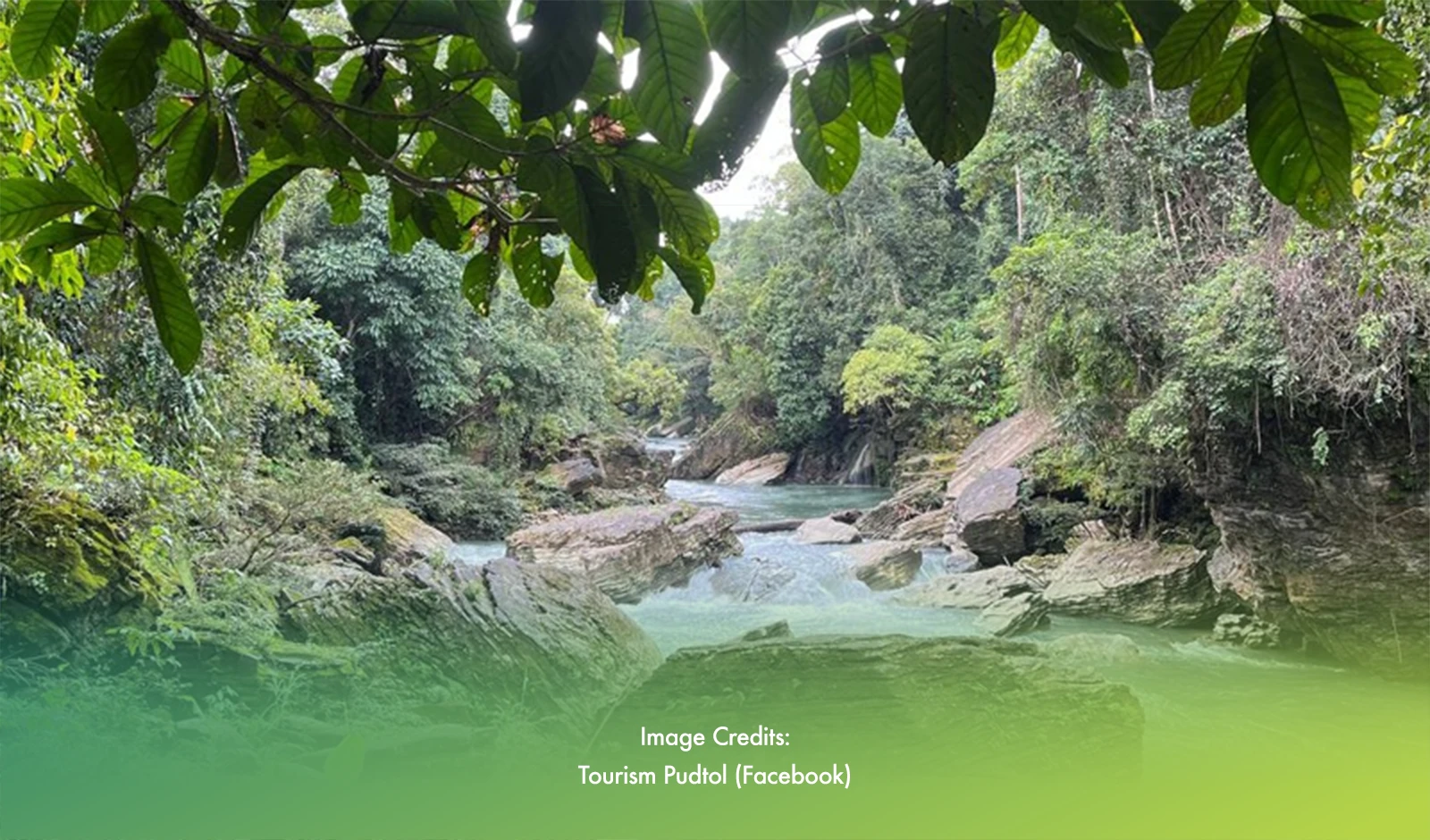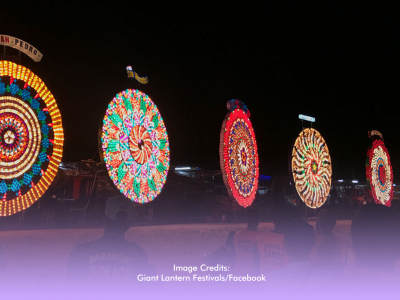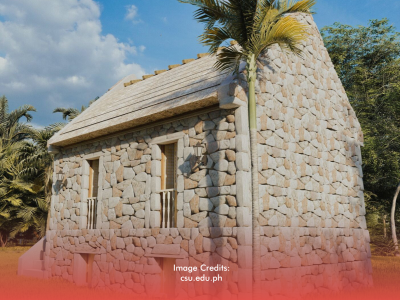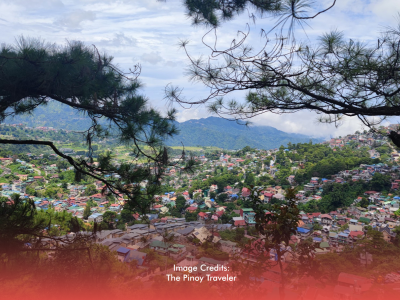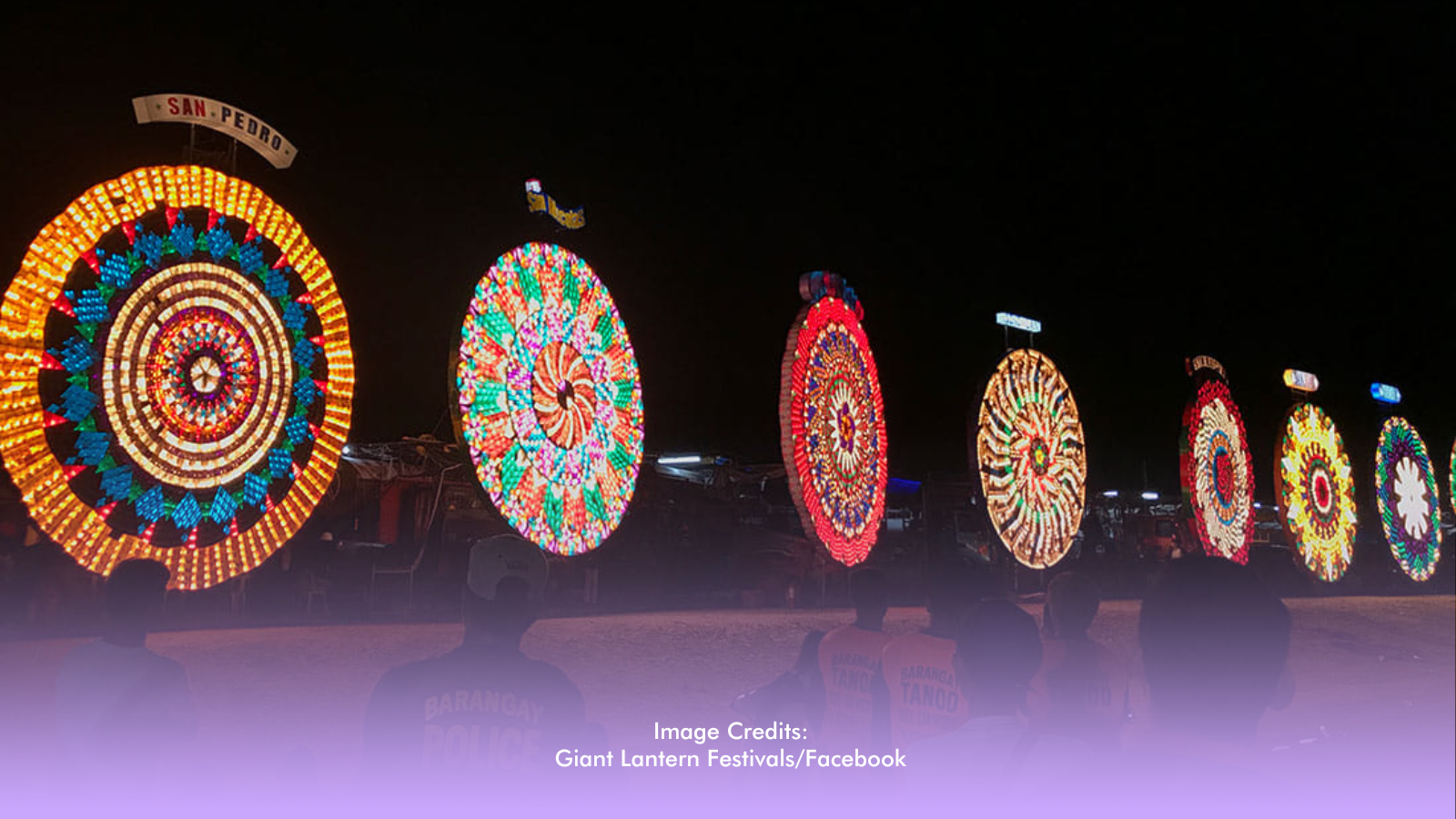Situated in the heart of the Cordillera region, Apayao stands as a testament to untouched beauty and sustainable tourism. The province, almost evenly divided between the mountainous Upper Apayao and the flat Lower Apayao, boasts breathtaking landscapes, vibrant indigenous communities, and a commitment to preserving its natural environment for future generations.
Formerly part of the old province of Kalinga-Apayao, Apayao gained its independent status through Republic Act No. 7878 in 1995. Authored by Congressman Elias K. Bulut, this legislation divided Kalinga-Apayao into two separate provinces: Kalinga and Apayao. Today, Apayao proudly carries the title of "Cordillera's Last Nature Frontier" due to its residents' harmonious coexistence with the natural environment.
People of Apayao
Home to one of Luzon's remaining tribes, the Isneg people, Apayao is a haven for cultural enthusiasts. The Isneg, numbering around 300,000, inhabit the wide mountains of Kabugao, Conner, Luna, and Pudtol. Their villages, situated along rivers, showcase traditional houses adorned with vibrant colors. Isneg traditions, marked by feasts like Say-am and rituals like pildap, offer visitors a unique glimpse into their rich cultural heritage.
Hidden Gems of Apayao
Girgira Falls (Twin Falls)
Known as the largest discovered waterfall in Calanasan, Girgira Falls is a natural wonder measuring around 30 feet high. Its pristine water pool, twice the size of an Olympic swimming pool, invites visitors to plunge into its refreshing depths.
Dupag Rock Formation
Located in barangay Marag, Luna, Dupag Rock Formation is an array of limestone slabs reaching heights of 7-8 feet. Climbing to the peak, known as the "Father Rock," offers a breathtaking view. This area, once a sanctuary for the Isneg tribe and mutineers during Spanish colonization, is steeped in historical significance.
Lussok Cave and Underground River
Embark on an adventure in the seven-chamber Lussok Crystal Cave in Barangay Dagupan, Luna. This former hideout for rebels and Japanese soldiers during World War II now welcomes visitors to take a 200-meter boat ride through its underground river for an unforgettable experience.
Mataguisi Church Ruins
Built in the 1600s by Spanish missionaries, Mataguisi Church was destroyed during the Philippine Revolution in 1899. The ruins, standing as a symbol of faith and cultural heritage, provide a captivating insight into Apayao's colonial past.
Calanasan Philippine Eagle Sanctuary
Situated in Calanasan, this sanctuary is a captivating dwelling place for the critically-endangered Philippine Monkey-Eating Eagle. The vast lowland forest of Apayao not only ensures the eagle's survival but also hosts diverse flora and fauna, including the Northern Luzon Cloud Rat and Giant Rafflesia flowers.

